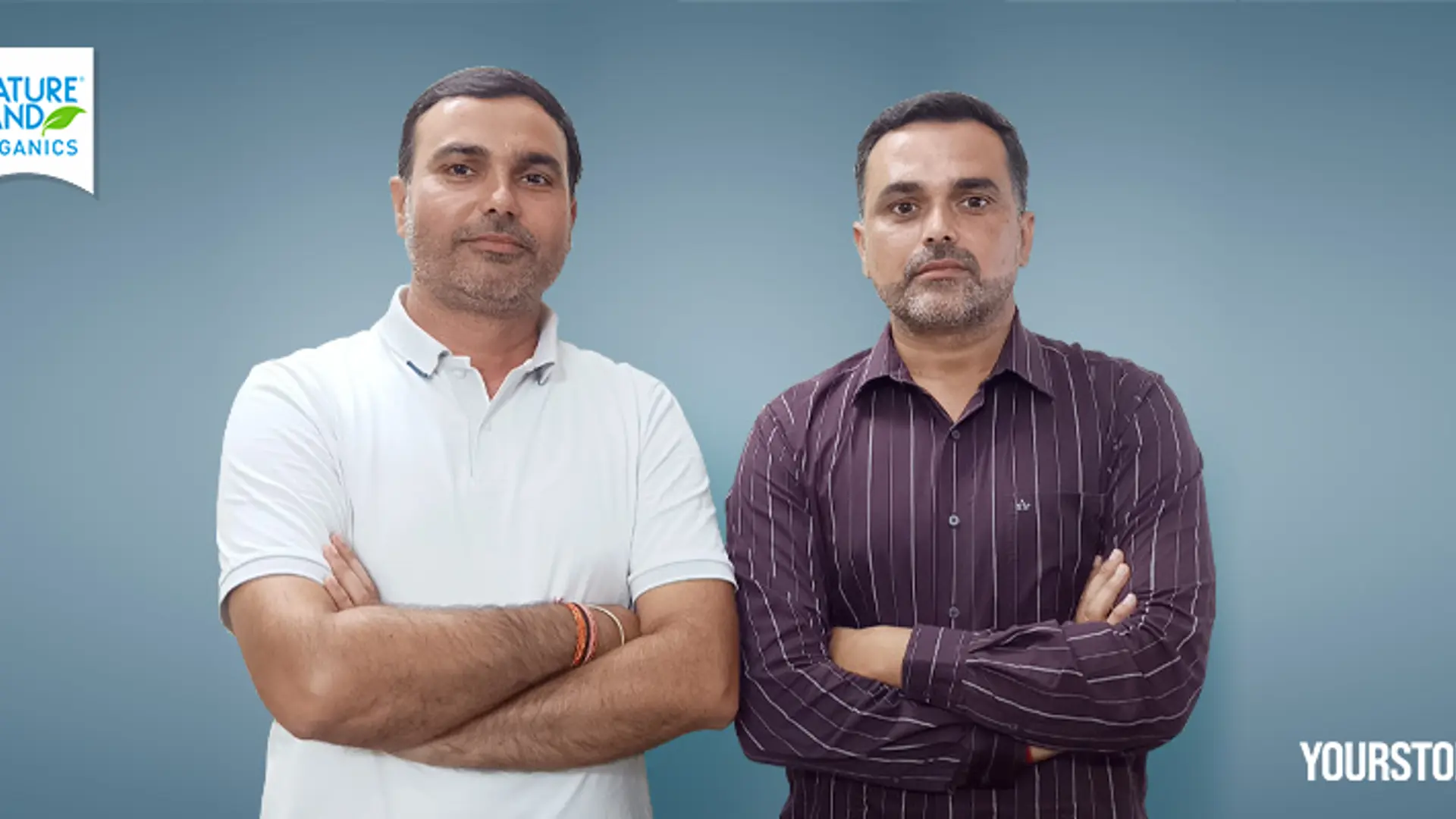ChatGPT’s voice mode: Stirring emotional bonds with users?
OpenAI has flagged that ChatGPT's addicting voice mode is making users fall in love with it, quite literally. Here's all that's going wrong with this exciting feature and how it's impacting human interactions.
Can you imagine someone treating an AI like a friend or lover and developing an emotional attachment to it? OpenAI's voice mode is making this scenario a reality for many. This latest feature allows users to interact with ChatGPT using just their voices, which seems exciting.
However, some users are forming strong emotional bonds with ChatGPT's voice mode, particularly with the newly released GPT-4o. People are getting hooked on it because of various aspects of its design and functionality. Let's understand why people are becoming emotionally connected to ChatGPT!
ChatGPT users are forming emotional bonds with it

Image credit: OpenAI
The AI's voice mode is created to simulate human-like responses with natural conversational patterns, including emotional cues such as laughter. With the implementation of voice mode, individuals are getting emotionally carried away while conversing with ChatGPT.
This high level of realism may lead people to attribute human characteristics to the AI thus, forming emotional bonds. In short, people regard ChatGPT as a person rather than a tool leading to anthropomorphisation, a tendency to associate a human personality or characteristic with a non-human entity.
This is why OpenAI has flagged this issue, highlighting that this shift can negatively impact users' social skills and overall well-being. Furthermore, constantly talking to our devices can decrease face-to-face interactions, which are essential for building and maintaining relationships.
Human connection is vital for our mental and emotional health. So, it's crucial to be cautious about the potential consequences of replacing real-life interactions with chatting with AI tools or devices.
The appeal of AI's human-like voice interaction
Voice mode in ChatGPT brings a host of advantages to users, making communication more natural and intuitive. By enabling voice interactions, users can communicate more quickly and easily, fostering a seamless and efficient dialogue with the AI. Let's quickly look at its benefits:
1. Enhance user experience
ChatGPT's voice mode improves the user experience by providing a more interactive platform. This feature also enhances accessibility for those who may struggle with traditional text-based interactions. In short, its inclusive approach ensures that everyone can benefit from the capabilities of ChatGPT.
2. Boost efficiency in communication
Voice mode in ChatGPT offers increased engagement and convenience by streamlining communication processes. Users can convey their messages efficiently and rapidly through voice interactions, saving time and getting satisfactory results with the AI.
3. Multi-task like a pro
Another key benefit of voice mode is the ability to multitask and engage in hands-free interactions. Anyone can communicate with ChatGPT while carrying out other activities. This offers a practical solution for people seeking to optimise their productivity and efficiency whenever and however.
Drawing lines with ChatGPT
OpenAI's voice mode is a fantastic feature created to make the AI bot convenient but perhaps it's something described as too good to be true. So, it is crucial to be mindful of the potential pitfalls that come with this AI technology.
By prioritising human connection, safeguarding our privacy, and striving for clear communication, we can navigate the challenges of voice mode and harness its benefits while mitigating its drawbacks. Let us proceed thoughtfully and responsibly as we explore voice-based exchanges with machines.







